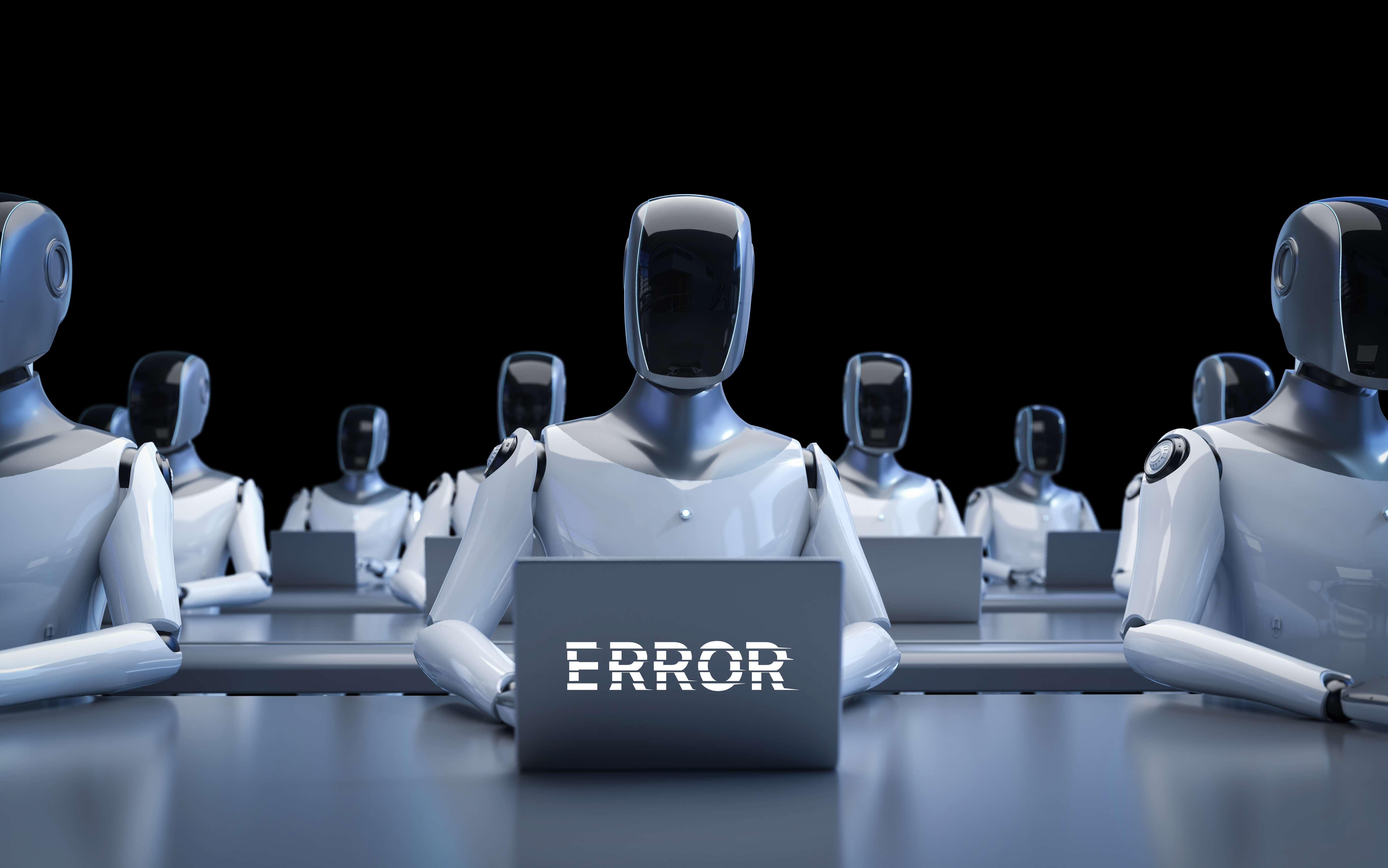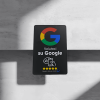
According to Statista, experts predict that global spending on AI in marketing will grow to $107.54 billion by 2028. Additionally, 42% of marketing leaders use AI tools for content generation, especially for creating content for social media.
Why? Because AI drives efficiency, scalability, and creativity. For example, 23.6% and 23.2% of influencers using AI tools save time on campaign management and content creation, respectively. Additionally, some AI tools are affordable, with 36% of marketers paying nothing to use them.
Today, you have AI writing tools, video generators, and AI-based SEO strategies that make your job easier. However, using AI incorrectly can lead to poor-quality content, reduced audience engagement, and even search engine penalties. If you over-rely on these tools without proper oversight, your work may lack originality and personal insights.
In this article, you will discover the six most common mistakes people make when using AI to create content, and find practical solutions to avoid them.
Mistake 1. Relying Too Much on AI Without Human Input
Over-reliance on AI can compromise the quality of your content. You may end up with content that feels generic and lacks a personal touch. AI often lacks emotional depth and real insights that only you can provide. As a result, your readers or viewers may find your content repetitive and unengaging.
AI should be a support, not a replacement for your creativity. Take the time to edit and optimize your output, adding your own style and voice. If you use advanced tools like AI avatars, choose solutions that allow you to personalize content with your image and voice. Remember that the human touch brings content to life in a way that AI cannot replicate.
Mistake 2. Ignoring SEO Best Practices
If you ignore SEO practices, you risk poor search rankings. AI tools may generate content that doesn’t match search intent, leading to issues like keyword stuffing and unnatural sentences. Forced, hard-to-read content can undermine your readers’ trust.
Use the AI output as a draft and improve it to ensure a clear structure and good readability. Optimize the content with relevant keywords, effective meta descriptions and well-structured titles. Combining SEO knowledge with AI efficiency, you can improve your search engine rankings and increase traffic to your site.
Mistake 3. Publishing AI Content Without Verifying Sources
It is always a good practice to verify the data in your content. AI sometimes provides incorrect or outdated information, a phenomenon known as “hallucination.” Publishing unverified content can undermine your credibility and authority. Readers expect accurate and up-to-date data.
Before publishing, check the details with reliable sources. Use authoritative sites, verified statistics, and expert opinions to support your claims. Fact-checking improves the quality of your work and protects your brand from potential legal issues. Remember that you are responsible for the content you share online.
Mistake 4. Not Maintaining Your Brand Tone and Voice
When using AI, your content may sound robotic or not in line with your brand style. This can confuse your audience and weaken your brand identity. Your voice is essential to building trust with your audience.
Here are some tips to avoid this error:
- Set clear guidelines for your brand and train AI to follow them.
- Always edit the AI draft to add your own personal touch.
- Use simple language and clear sentences to maintain a consistent tone.
- Tailor your text to reflect your brand's personality.
This attention to detail will make your content authentic and recognizable.
Mistake 5. Ignoring Ethical and Legal Issues
Plagiarism, or copying texts without citing the source, is a problem that can also affect AI-generated content. You must be careful to verify the originality of your content. In addition, sectors such as medicine, finance, or law have strict rules that must be respected.
To avoid legal issues, use plagiarism checking tools and follow ethical guidelines. Never publish AI-generated content without thorough human review. Make sure the information is accurate and compliant with applicable regulations.
Mistake 6. Not Considering the Limitations of AI Tools
AI tools are powerful, but they are not infallible. They can make mistakes and have biases. If you blindly rely on AI without checking the output, you may end up with inaccurate or misleading content.
Here are some strategies to avoid problems:
- Always check AI-generated texts, images and videos.
- If you use a software of AI dubbing, check that your grammar and pronunciation are correct.
- Provide clear instructions to AI to achieve better results.
- Learn about the limitations of the tool you are using so you can quickly correct any errors.
A balanced approach will allow you to obtain more accurate and effective content. Rely on your skills to make the final adjustments.
Conclusions
In short, you need to use AI consciously and responsibly. Avoid these mistakes by carefully checking your work and maintaining your unique style. Connect with your audience to build trust, and always optimize your AI-generated content.
Use this checklist to get better results:
✅ Follow SEO, ethical and legal guidelines
✅ Maintain your brand voice
✅ Check the facts before posting
✅ Balance automation and personalization
✅ Know the limitations of AI tools
AI is a tool that can support your creativity, but it should never replace your skills.










